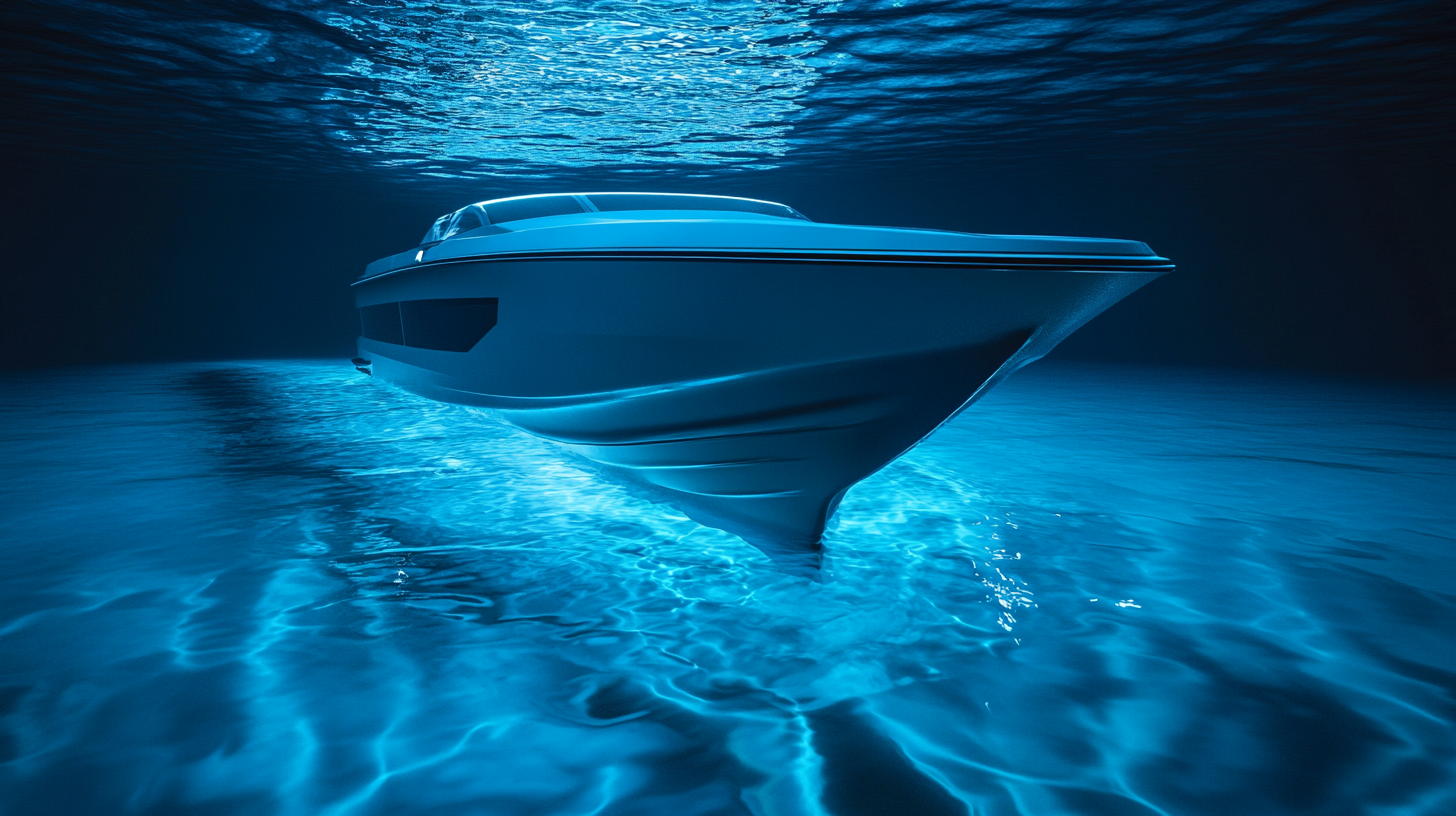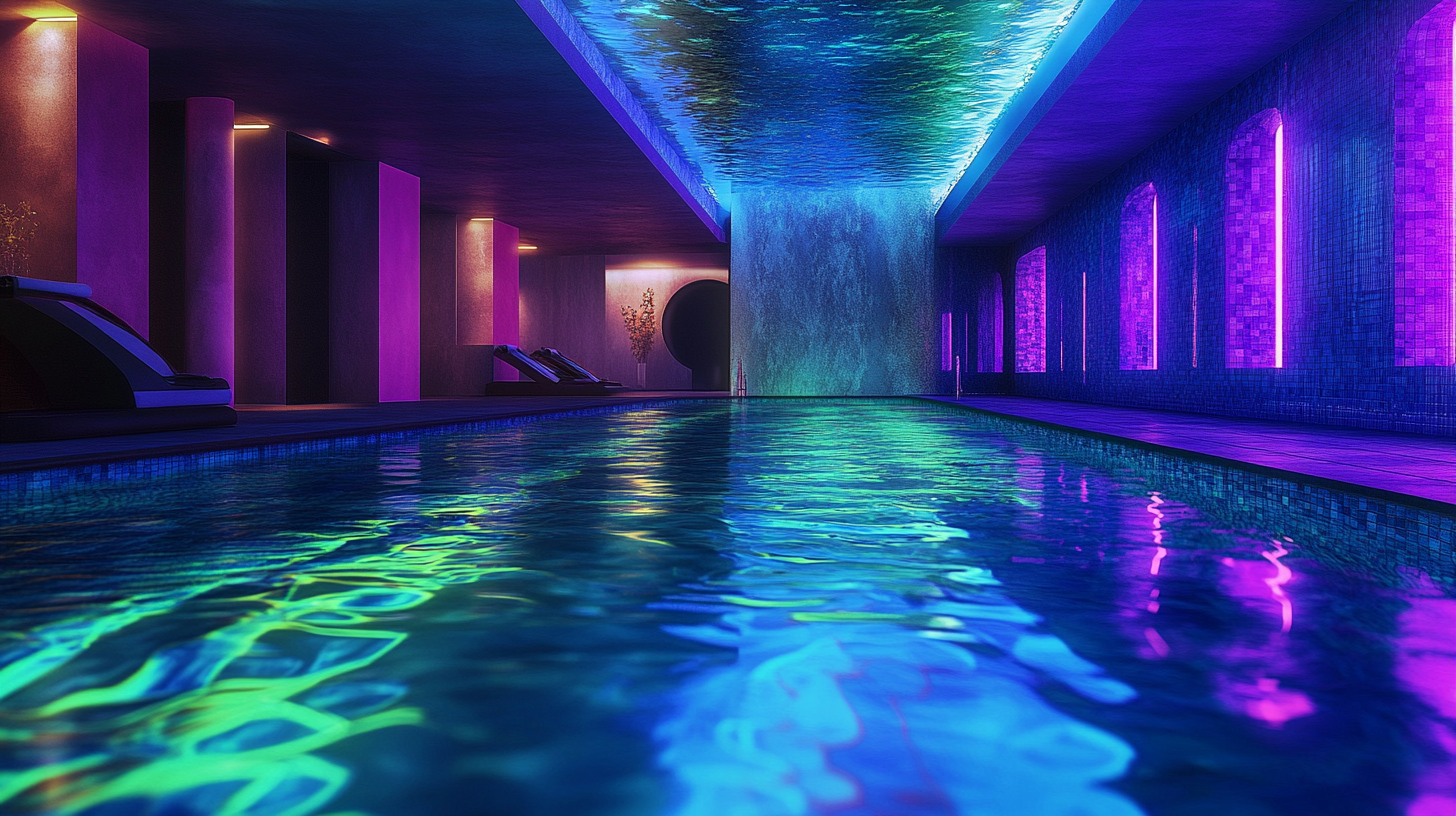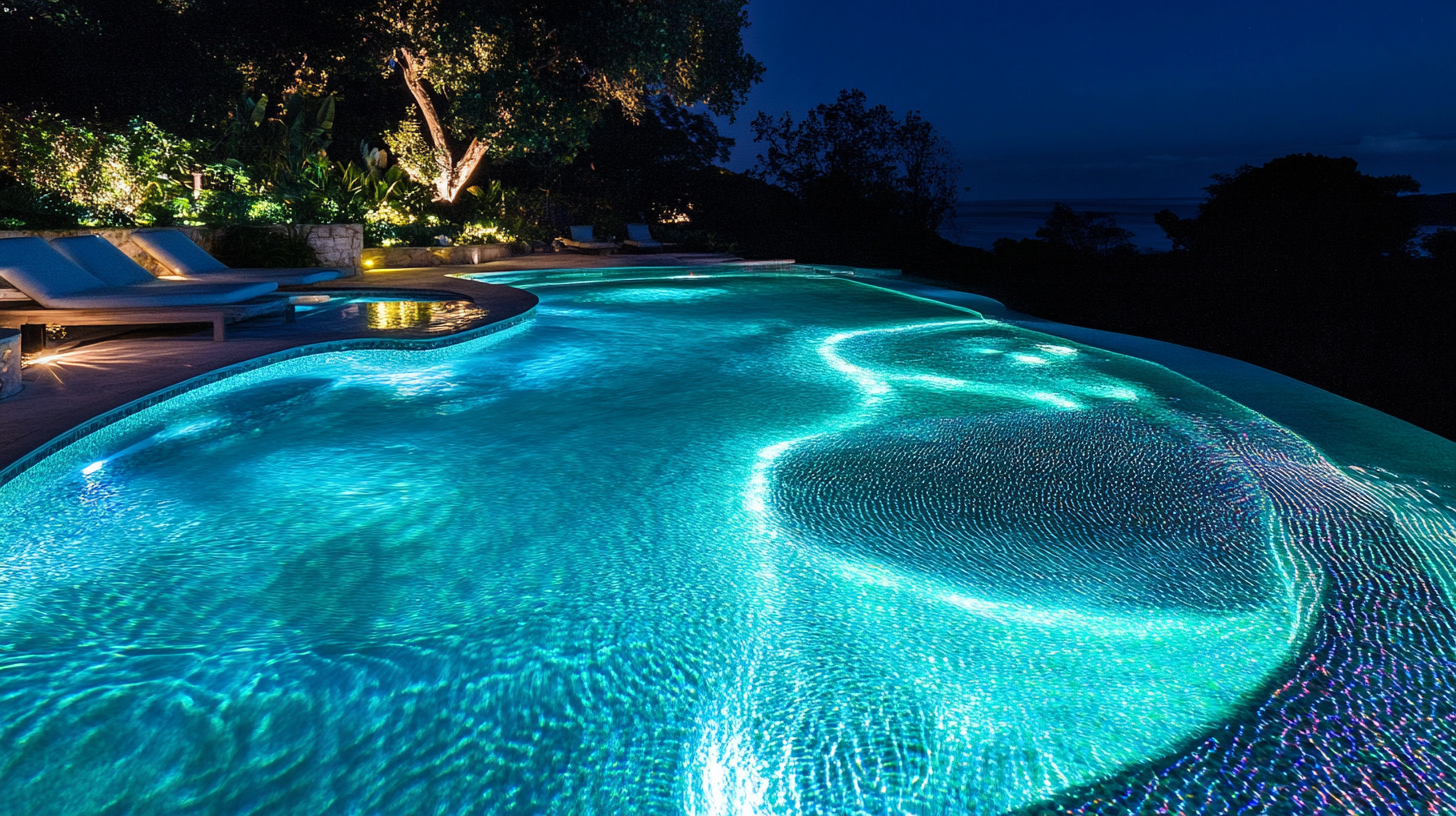Can underwater boat lights prevent algae growth on hulls?
Algae growth on boat hulls is a common nuisance that boaters have been contending with for ages. This stubborn biological phenomenon occurs when single-celled algae latch onto the underside of a vessel, thriving in the moist, sunlit environment of marina waters. Left unchecked, this growth can lead to reduced speed, increased fuel consumption, and heavy frustration during boat maintenance. Understanding the conditions that foster algae growth is the first step toward its prevention.
The process begins when free-floating algae cells, invisible to the naked eye, find a hospitable surface on the submerged parts of a boat. Over time, these cells multiply and form thin, slippery layers that can thicken into murky, slime-coated mats. These layers not only create drag and affect a vessel’s efficiency but also become a haven for other marine organisms to congregate, compounding the issue further.
Various factors can accelerate algae growth, such as nutrient-rich waters, moderate temperatures, and extended periods of inactivity where the boat remains stationary. Additionally, pollution and organic matter in the water contribute to the ideal conditions for algae to bloom and thrive. It’s essential for boat owners to implement strategies that tackle these specific conditions to maintain optimal vessel performance.
While traditional methods like frequent scrubbing or specialty anti-fouling paints can significantly reduce algae accretion, some boaters are exploring innovative technologies, such as installing underwater lights for algae control. The concept behind this emerging method is that specific wavelengths of light might inhibit algae photosynthesis, though this remains largely experimental.
The science behind underwater boat lights
Underwater boat lights, often associated with enhancing the aesthetic appeal of a vessel or aiding in navigational safety, might offer more than what meets the eye. The concept behind using these lights for algae growth prevention is rooted in the intricate dance of light and photosynthesis. Algae, much like plants, rely heavily on photosynthesis to thrive, absorbing light to convert carbon dioxide and water into the nourishment they need to grow. By manipulating the type and intensity of light under the water, we could potentially disrupt this natural process.
Researchers have been delving into the specific wavelengths of light that can affect algae’s ability to photosynthesize. While visible light encompasses a wide spectrum, not all of it is beneficial or even usable by algae. It’s believed that targeted short wavelengths, like those in the blue and ultraviolet range, might interfere with algae photosynthesis. This is akin to flipping a light switch off, but in a way that’s selectively inconvenient for these persistent aquatic organisms. When exposed consistently to these wavelengths, the energy conversion process crucial for their survival might be hindered, slowing down their growth on the hulls of boats.
Moreover, the strategic placement of underwater lights ensures that the areas most susceptible to algae accumulation are exceptionally illuminated. This clever use of light ensures that the algae do not get the necessary darkness they often utilize for uninhibited growth at night. It’s akin to having round-the-clock guardians charring their night’s calm with a vibrant, unwavering spotlight.
Yet, it’s essential to underscore that the science behind using underwater lights for algae control is still emerging. While initial studies and anecdotal evidence appear promising and open a new frontier for boat maintenance, comprehensive scientific validation is needed to thoroughly establish this as a foolproof prevention method. For now, it remains a fascinating junction where marine science meets inventive technology, potentially heralding a new wave of clean, light-driven solutions for boaters struggling with algae nuisance.
Potential benefits of using underwater lights
By exploring the potential benefits of using underwater lights, boaters may find a promising ally in their battle against algae growth. One of the primary advantages of this method is the possibility of continuous prevention. Unlike traditional cleaning processes that occur intermittently, underwater lights provide a constant, passive guard that could reduce the frequency of manual hull scrubbing. This not only saves time but also lessens the laborious chore of cleaning, granting more hours for savoring sunny sails and minimizing downtime.
Additionally, these lights could contribute to a more eco-friendly approach to boat maintenance. Many chemical-based anti-fouling products, while effective, can pose environmental risks by leaching harmful substances into the water. In contrast, underwater lights offer a cleaner alternative that reduces dependency on potentially toxic paints and coatings, aligning with sustainable marine practices. As boat owners become increasingly conscious of their environmental footprint, this greener method adds appeal for those eager to preserve marine habitats.
Furthermore, underwater lights can enhance the safety and performance of a vessel in unexpected ways. By minimizing algae accumulation, boats may experience reduced hull drag, leading to improved fuel efficiency and speed. This translates to both economic savings and a superior cruising experience. The energy saved here could also mean fewer emissions released into the atmosphere, promoting better environmental stewardship among the boating community.
Beyond performance, safety can also come into play with the deployment of these lights. A well-lit hull can deter larger marine organisms that might otherwise seek refuge in the shadows, navigating into propellers or causing unexpected damage. These lights also improve visibility around a boat at night, doubling as a navigation aid that can help prevent collisions in densely crowded marina environments.
While these advantages paint a compelling picture, it’s critical to conduct thorough analysis and testing to fully understand the efficacy of this imaginative solution. Nevertheless, the concept of using underwater lights to prevent algae growth fosters an exciting possibility—one where innovation meets tradition, showing boaters a glimpse of a future where hull maintenance could be as simple as flipping a switch and letting the light guide the way.
Challenges and limitations
Despite the intriguing potential of using underwater lights for algae growth prevention, several challenges and limitations must be acknowledged. First and foremost, the efficacy of these lights in different marine environments is not universally guaranteed. The results can vary significantly depending on the water’s clarity, the presence of other marine organisms, and environmental conditions such as temperature and salinity. In turbid waters, for instance, the light may not penetrate sufficiently to affect all areas of the hull, potentially allowing algae growth to persist or even thrive in shaded regions untouchable by the illumination.
Moreover, the initial installation and ongoing operational costs associated with underwater lights can be prohibitive for some boat owners. High-quality underwater lights designed for constant use and harsh marine conditions often come with a significant price tag. Maintaining these lights also requires regular inspections to ensure they’re functioning optimally, as any fouling, water intrusion, or electrical issues could render them ineffective.
There’s also the consideration of potential unintended consequences on marine ecosystems. Continuous artificial light can disrupt natural behavior and habitats for various marine organisms. For example, certain marine species are attracted to light, which can lead to an increase in biofouling by drawing more organisms to the hull rather than deterring them. There is also a risk of affecting nighttime predator-prey dynamics beneath the water, potentially altering local biodiversity.
Compatibility with existing vessel systems presents another hurdle. Not all boats are designed to incorporate these lighting technologies. Retrofitting an older vessel to accommodate underwater lights might involve extensive modifications, conflicting with the electrical systems or even compromising the hull’s integrity if not correctly installed.
Furthermore, legal and regulatory considerations can pose substantial hurdles. Some regions have strict regulations regarding the use of artificial lights in marine environments, especially in protected or sensitive ecological zones. Understanding and adhering to these regulatory frameworks is vital, yet can be complicated and vary significantly across different jurisdictions.
In light of these challenges, it is clear that while the use of underwater lights for preventing algae growth presents a novel approach to boat maintenance, it’s not without significant obstacles. Future advances in technology, coupled with robust scientific research, will be crucial in addressing these limitations to make this method a viable, widespread solution for boat owners worldwide.
Future research and developments
The exploration of underwater lights as a tool for algae growth prevention is an intriguing frontier that begs for further scientific inquiry and technological advancement. Exciting developments are on the horizon that may bolster the feasibility and effectiveness of this solution in revolutionizing boat maintenance practices.
One avenue of future research is focused on refining the wavelengths and intensities of light that are most detrimental to algae and other fouling organisms. Current trials are only scraping the surface of what might be possible with advanced optics and targeted light delivery systems. Developing technology that can modulate light based on real-time assessments of algae presence and environmental conditions could provide a more dynamic, responsive approach to inhibition, promoting efficiency and adaptability by linking sensors and AI-driven controls with the lights themselves.
Another promising direction lies in deploying solar-powered underwater lights which can circumvent some energy consumption concerns by harnessing renewable energy. This innovation could alleviate the operational costs and make the systems more appealing to environmentally conscious boaters. By integrating solar panels, boats might autonomously manage their algae deterrent systems, minimizing the burden on conventional power sources and potentially extending time spent on the water.
Future research might also involve exploring materials with inherent light-emitting properties, offering new avenues for active coatings that complement underwater lighting efforts. By syncing traditional anti-fouling methodologies with cutting-edge lighting technology, a combined approach could be developed, enhancing efficiency and broadening the scope of applicable scenarios.
Collaboration across disciplines—marine biology, engineering, and environmental science—will be paramount in overcoming existing hurdles while ensuring that advances align with ecological imperatives. Understanding the nuanced impacts of artificial light on marine ecosystems and developing field-specific best practices will ensure that any technological solutions deliver intended benefits without unintended ecological consequences.
Moreover, substantial opportunities exist in the realm of data collection and analysis. By leveraging digital platforms to aggregate data from boats equipped with these lights, researchers could harvest invaluable insights into long-term patterns of algae growth and the environmental variables that affect their spread. This data-driven approach could lead to comprehensive predictive models, offering boat owners proactive strategies to mitigate hull fouling effectively.
Ultimately, the future of underwater lights in algae prevention is a promising synthesis of innovation, sustainability, and scientific exploration. With continued research, development, and innovation, these lights could evolve from a supplemental maintenance tool to a central pillar in eco-friendly boating practices, illuminating a path forward in our ongoing struggle against marine biofouling.


